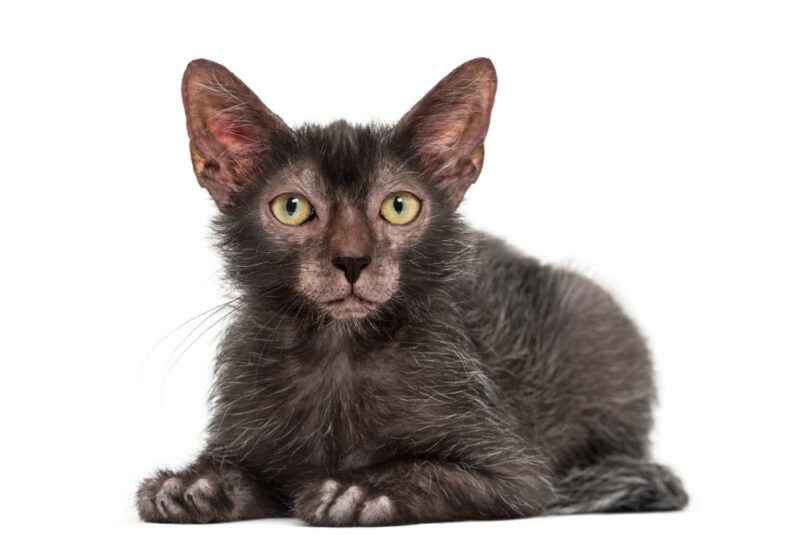The first Lykoi cat, Greek for “wolf cat,” wandered out of a wooded thicket on a clear October night when the moon was at its fullest. With a sparse, shaggy coat and haunting yellow eyes that glittered under the moonlight, the creature of the night stalked along the perimeters of the campsite, prompting campers to drop their s’mores.
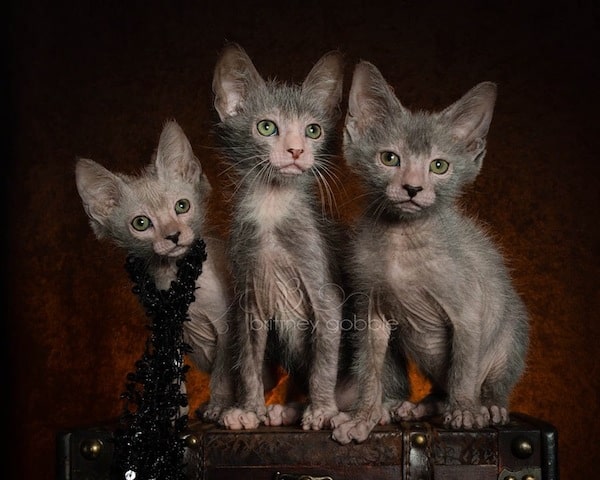
“Is that a …” someone said, unable to finish her sentence. “No, it can’t be,” someone else said — but he saw it too. The cat seemed to have walked straight out of Halloween lore. Impossibly, the tiny creature resembled a werewolf.

Okay, so maybe that’s not exactly how it happened. In reality, the Lykoi is a mutation of a domestic shorthair that first popped up in 2010, according to the breed’s official website. With a shaggy, black-and-white coat that resembles a werewolf, the cats were instantly sought-after by Johnny and Brittney Gobble, a pair of breeders from Vonore, Tennessee. Johnny is a geneticist and veterinarian, and Brittney is an experienced breeder and pet photographer.
“We were immediately fascinated by the appearance of these cats,” reads the Lykoi website. “We were very excited to become involved with learning more about these cats and made arrangements to go and pick up the kittens and their mother so further testing could be done. Since we live in different regions of the United States this was a bit of an adventure, but the kitties were great travelers!”
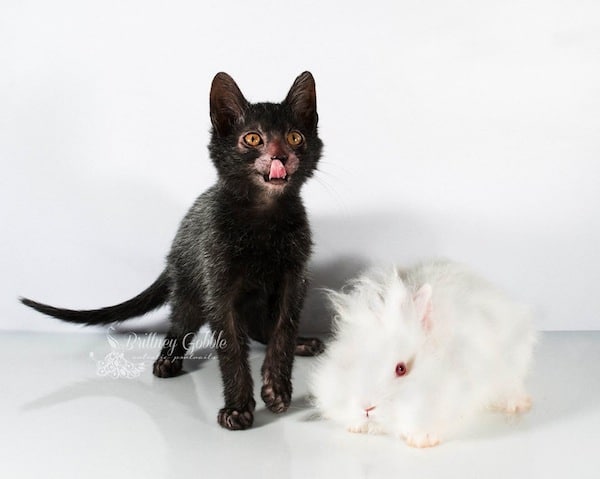
In a twist of fate, around the time the Gobbles met the first Lykoi kittens, they encountered another pair from an entirely different litter that had the same mutation. At first, the cats were believed to carry Sphynx/Devon genes responsible for their partial hairlessness, but testing revealed none of the cats carried these genes. Turns out the cats were a happy (and perhaps scary, at least during a full moon) little “oops!” of nature.
“At the University of Tennessee, dermatologists examined them for any skin abnormalities (and they too fell in love with these cats!),” the website says. “Along with biopsy samples of the skin, the dermatologists could find no reason for the coat pattern. What they did find is that some hair follicles lacked all the necessary components required to create hair (which is why Lykoi lack an undercoat).”
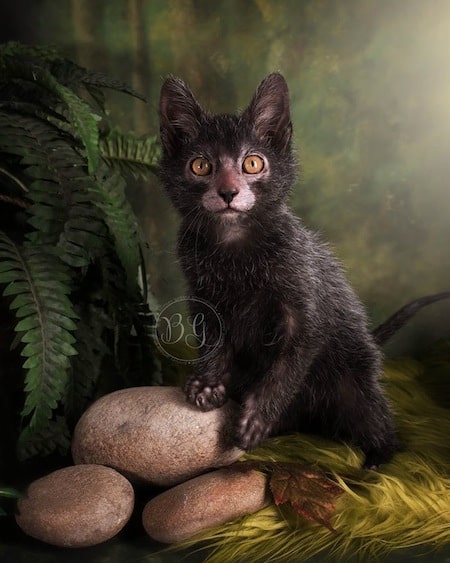
But were they healthy? Tests said yes: “In the end, we found that the cats are healthy and the hair pattern is not from any known disease or disorder,” the website says. “It was determined that it was indeed a true natural mutation and the Lykoi breeding program began! September 14, 2011 we welcomed the first kitten from a Lykoi to Lykoi cat breeding.”
Today, the cats are officially recognized as a breed by the International Cat Association. To “broaden the gene pool and ensure healthy kittens,” Lykoi are now bred across the U.S., as well as in Canada and France. The Gobbles’ goal is to have the breed championship show-ready by 2016. And to keep them indoors when the moon is full, obviously.
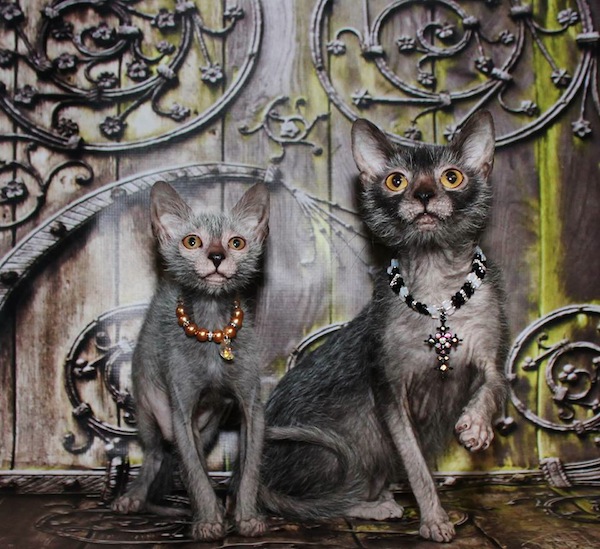
How do you feel about the Lykoi? Tell us in the comments!
Read stories of rescue on Catster:

